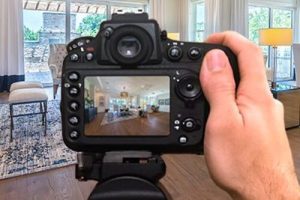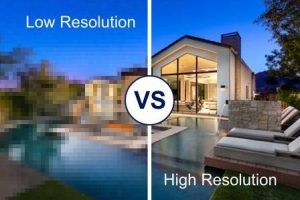Which is better? HDR Photography or Flambient (or both?)
Nowadays, every real estate photographer in the world brags that they use HDR (High Dynamic Range) photography. But is it really something to brag about? Let’s take a deeper dive and find out why “Flambient” is probably a better option.
Why do less than 5% of real estate photographers use the “Flambient” technique? Read below to find out.
The Key to Stunning Real Estate Photography
Real estate photography has seen a lot of changes over the years. Gone are the days when a single exterior photo was enough to entice buyers to request a showing. Nowadays, not only are you essentially required to have professional photography for every listing, but there are now two major styles of real estate photography that can make or break how your listing is presented to potential buyers. What are these two types of photography and which one should you choose?

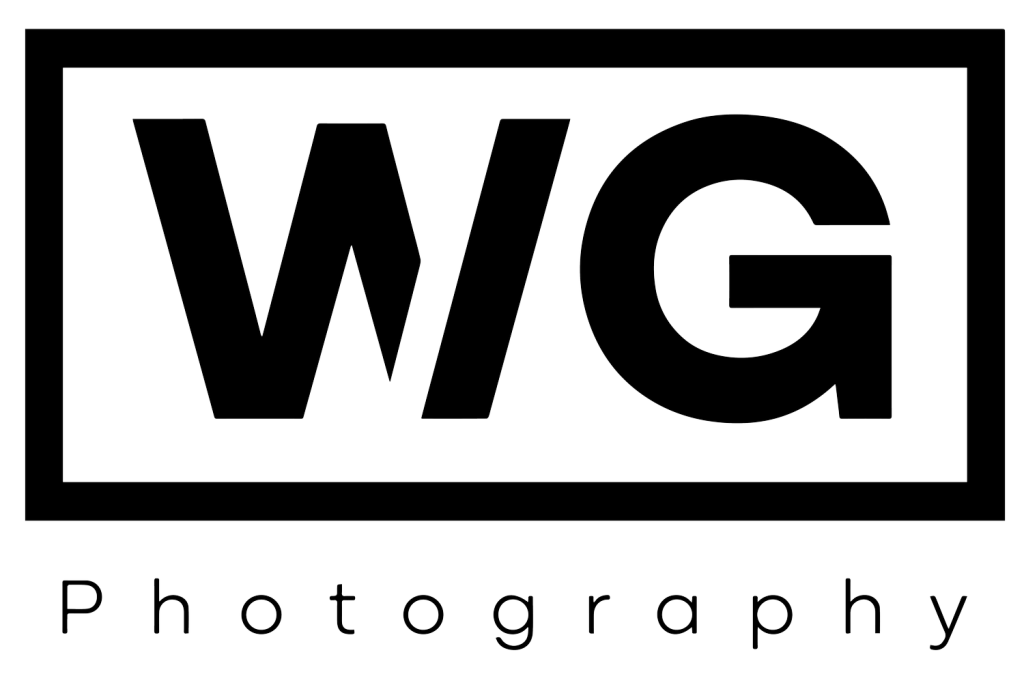
Let’s start with the style every agent knows about, HDR Photography.
HDR photography rose to its peak of popularity in the early 2010s. As computer processing of photos became more popular and accessible to amateur photographers, so did the technique of HDR or High Dynamic Range Photography. The idea is simple; you take several photos from the same angle on a tripod, each varying in exposure or brightness. Some are darker, and some are lighter than the normal exposure. These sets are called “brackets” and typically consist of 3, 5, or 7 exposures of the same scene. The photographer then blends them together on his/her computer to create one final image where everything is perfectly exposed with an even color tone. Or…at least that’s what’s supposed to happen in a perfect world. Unfortunately, HDR is not that simple, and while it is easy to combine images together, producing something that is evenly lit and colored correctly for the available light is quite hard to do. And frequently, photographers will simply layer all exposures on top of each other and call it a day. That leads to images looking surrealistic, where a red chair becomes ULTRA red, and grass has an unnatural dayglow green color. That results from merging a very dark exposure, with a medium dark exposure, one normal exposure, a lighter exposure, and an ultra light exposure. It was thought that the darker exposures would help balance out the light exposures, and vice versa…but it often only creates a disastrous result that’s virtually impossible to correct. However, it’s fast…and it’s easy, and doesn’t require any additional lighting equipment to lug around from shoot to shoot. It’s also much cheaper and less time consuming for the photographer, which is why you’ll typically only see HDR photography offered by less experienced photographers or individuals looking to turn real estate photos around quickly for a budget price.
IMPORTANT NOTE: There ARE some real estate photographers who shoot using HDR, but spend the necessary time adjusting their photos in their computer software, and are able to achieve great results. But it’s a 50/50 proposition…and depends on their post-processing strategies to determine outcome.
Enter Flambient Photography
Flambient photography gets its name from combining the words “Flash” and “Ambient”. Professional photographers know that using a flash is the only way to achieve even lighting, beautiful contrast and minimal color casting from interior lighting. Flambient, like HDR, uses a set of multiple image exposures, but adds additional flash images or “frames”. These flash frames are used to eliminate color casting from interior and exterior lighting that tend to cause problems when using the HDR technique by itself. They also help balance the light in a room and provide a clear view of out the windows for a seamlessly blended final image, inside and out. Flambient photography should be done by a seasoned professional photographer who understands how to properly capture all the needed images and who can provide the intense post-production needed to produce high quality images. This is why amateur photographers and very inexpensive photo studios shy away from using flambient. The higher quality comes at a cost of time, equipment, training and skill level. It’s a little bit like any industry. Real estate, for example. Some agents do the bare minimum when transacting real estate, while others go all out in providing an unquestionably superior experience for their buyers and sellers.
The choice is clear when it comes to professional photography of your next listing. Flambient photography shot by a true professional photographer is the only way to ensure that your listing will be held to the highest standards of quality. It provides consistent results with even lighting throughout the scene and beautiful color across the entire image.
HDR
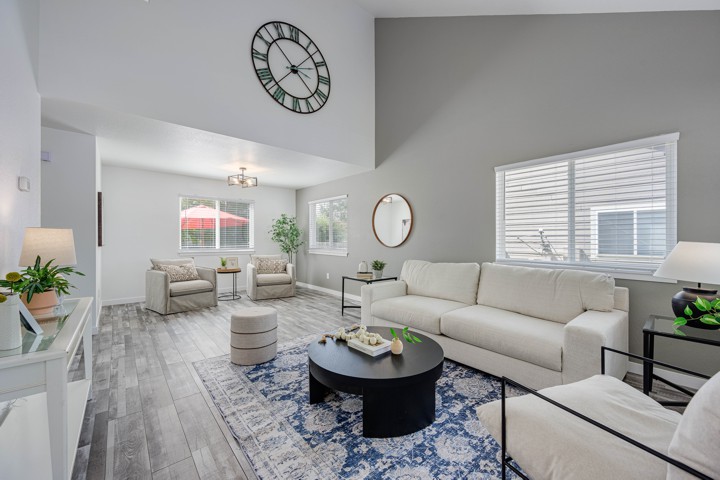
Flambient
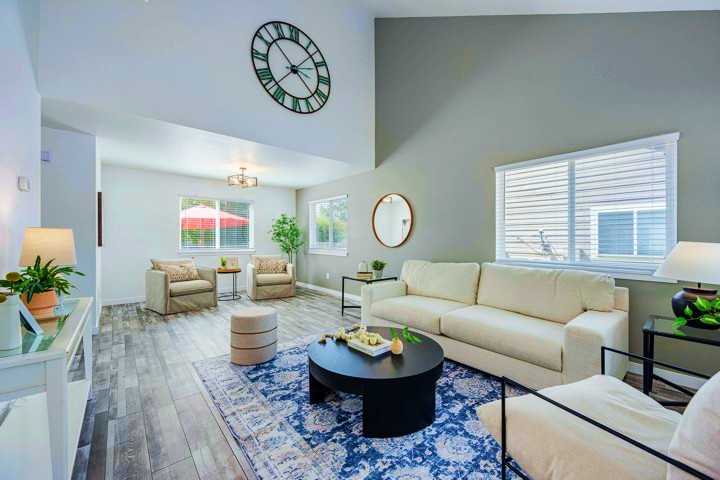
HDR
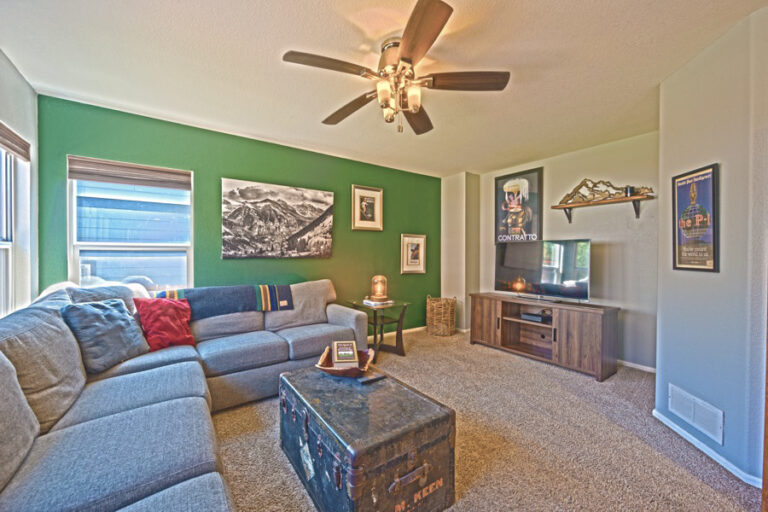
Flambient
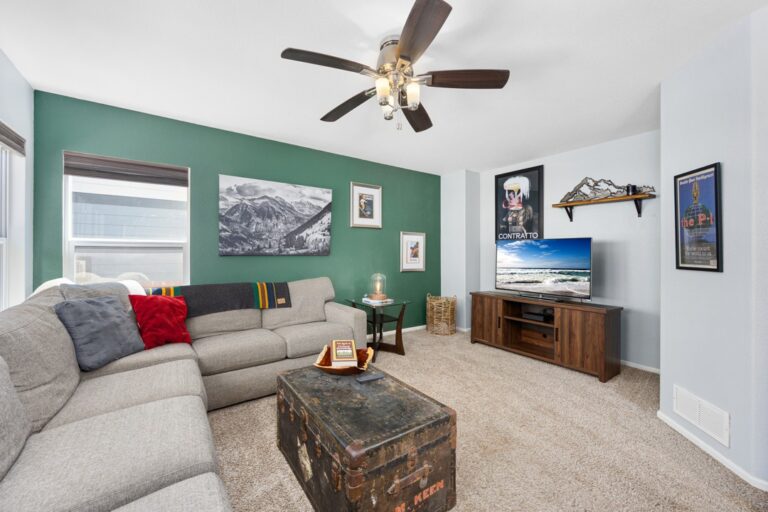
HDR
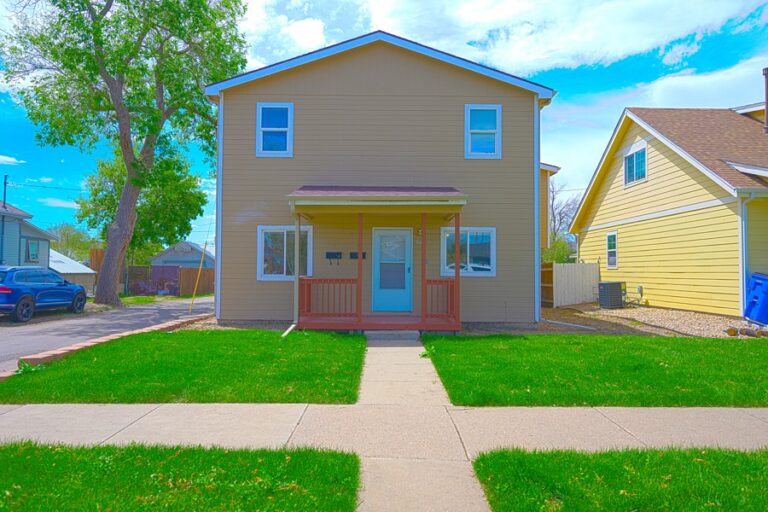
Flambient
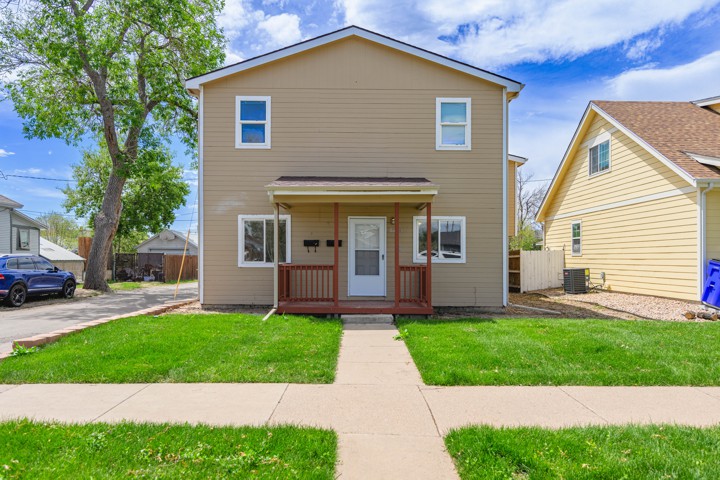
Final thoughts from Dave, the owner of Luxury Home Brochures
We do business with agents all over the country (and Canada). As a result, we’re constantly exposed to various levels of real estate photography. Some are absolutely OUTSTANDING, which not only makes our job easier, but also helps make our brochures look SPECTACULAR! It’s funny…whenever we visit a download link for photos on real estate listings, we’re always keeping our fingers crossed that the photographer is experienced, and understands the value of using flambient. That’s because HDR is noticeable at a glance, and is disappointing as it requires additional work on our end, as we attempt to desaturate and correct the colors as best we can. Nevertheless, the end results are NEVER as good as flambient.
If you sell real estate, and are concerned about how your properties are presented to the masses, whether online or in print, it may be well worth your while to seek out a photographer who utilizes flambient, however be forewarned…they are few and far between and will probably be booked well in advance!
In closing, I wish to extend a hearty thanks to my friend Will for his valuable insight and for providing examples to illustrate how drastic the differences can be. Thanks Will.
Other Article
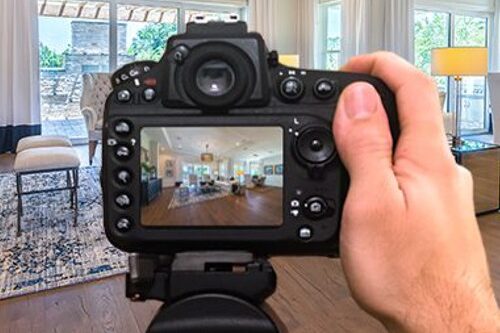
HDR vs. Flambient Photography
Which is better? HDR Photography or Flambient (or both?) Nowadays, every real estate photographer in the world brags that they use HDR (High Dynamic Range) photography. But is it really something to brag about? Let’s take a deeper dive and find out why “Flambient” is probably a better option. Why do less than 5% of real estate photographers use the “Flambient” technique? Read below to find out. The Key to Stunning Real Estate Photography Real estate photography has seen a lot of changes over the years. Gone are the days when a single

The Colors Don’t Match: CMYK vs. RGB
They can’t! (It’s literally impossible) The colors on your printed project will never precisely match your online proof, and here’s why: You’re looking at your proof and it looks beautiful, but… 1. Electronic displays (computer monitor, cellphone or TV) create every single color by using only Red, Green, and Blue (RGB). Those three colors literally make up every other color you’ve ever seen on electronic devices. Yellows, purples, grays, pinks, and browns are all made using only red, green and blue. And the colors are ultra-vibrant because the display is backlit using fluorescent or
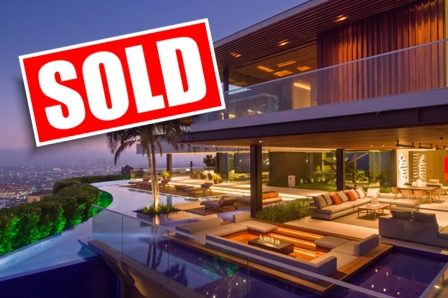
My Listings Sell To Fast For a Brochure
“I don’t use brochures because my listings often sell in less than a week!“ So, this is going to sound funny coming from a company that designs marketing for real estate, but listing brochures aren’t actually designed to sell the PROPERTY. The fact is your listing will likely sell simply because it’s been uploaded to the MLS, and syndicated via IDX to thousands of real estate sites on the internet. If the property shows well, and your photos are good, and the property description is well-written and inviting, your listing will pretty much
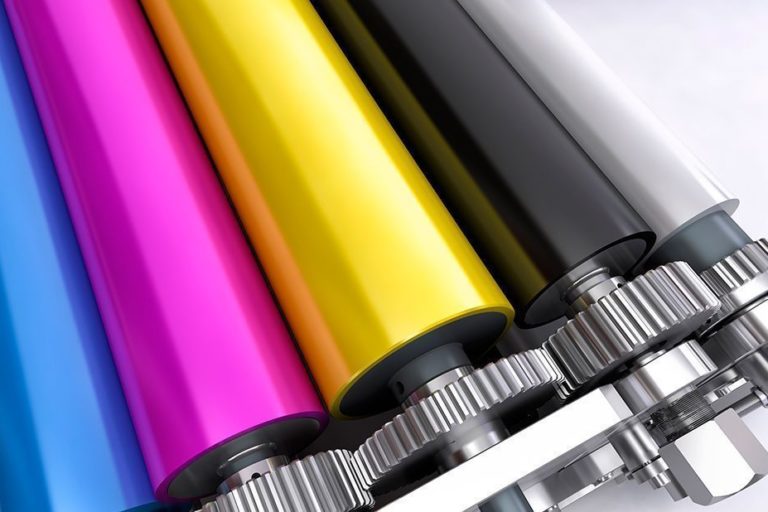
Digital vs. Offset Printing
Which is better? HDR Photography or Flambient (or both?) Nowadays, every real estate photographer in the world brags that they use HDR (High Dynamic Range) photography. But is it really something to brag about? Let’s take a deeper dive and find out why “Flambient” is probably a better option. Why do less than 5% of real estate photographers use the “Flambient” technique? Read below to find out. The Key to Stunning Real Estate Photography Real estate photography has seen a lot of changes over the years. Gone are the days when a single
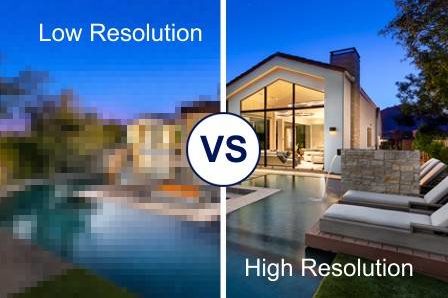
Low-vs-High-Resolution
“Can’t you just use the photos from the MLS?“ That’s probably the most common question we get whenever someone is ordering a listing flyer or brochure for the first time. The quick answer is “No”, but there’s some explaining that needs to happen. A typical MLS photo is 1,024 pixels wide (which is only 3.5 inches when printed. You can see why that’s a problem. If a flyer is 8.5″ wide, there’s no way to fill that with a 3.5″ wide photo. It’s simply too small. If we try to enlarge it
Hello world!
Welcome to WordPress. This is your first post. Edit or delete it, then start writing!

